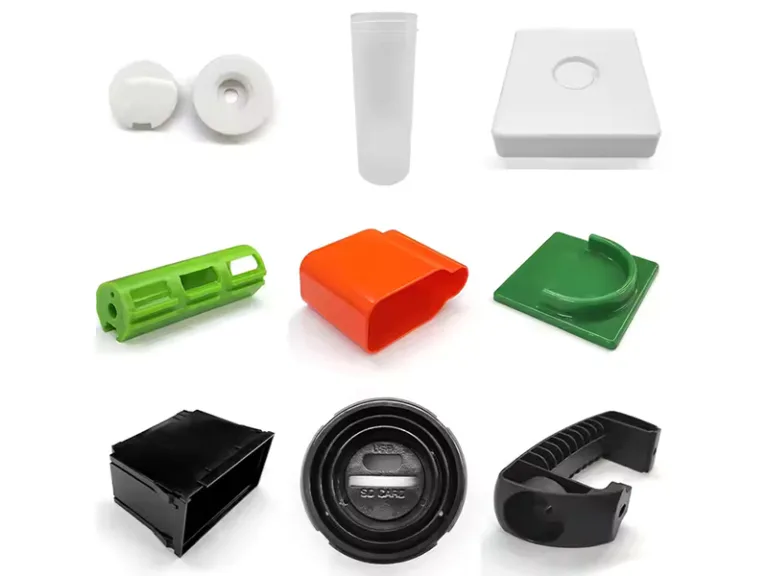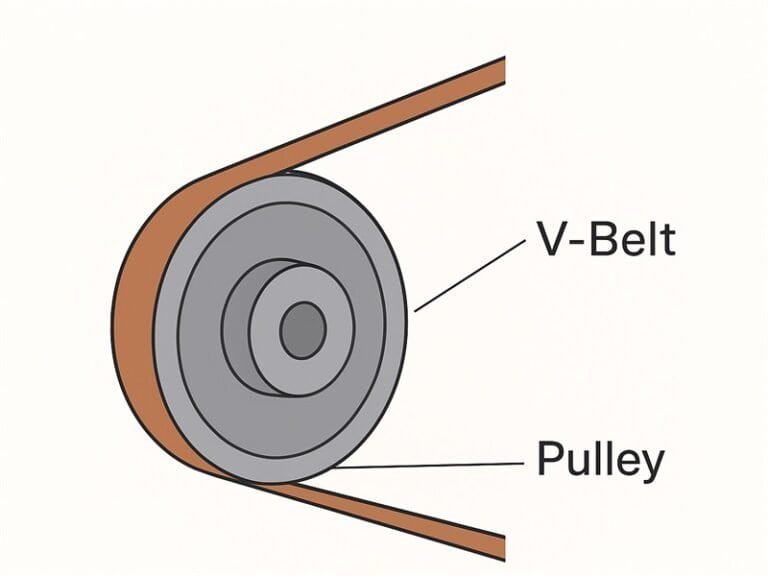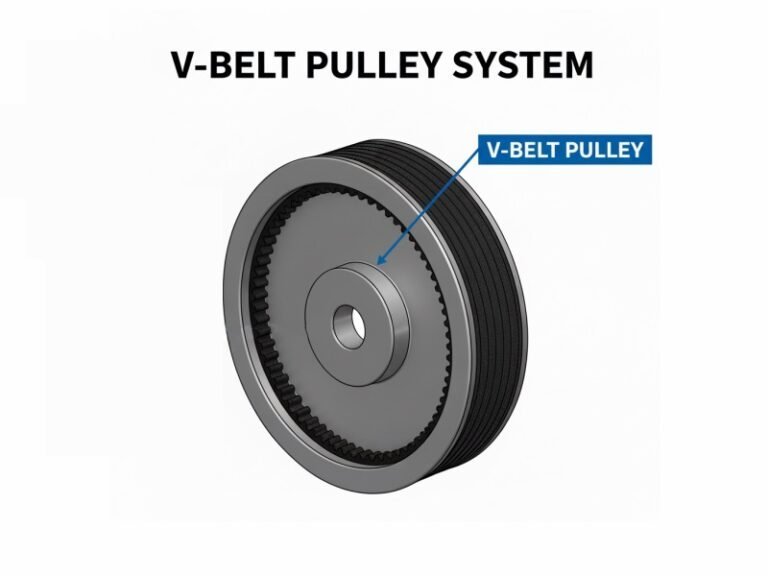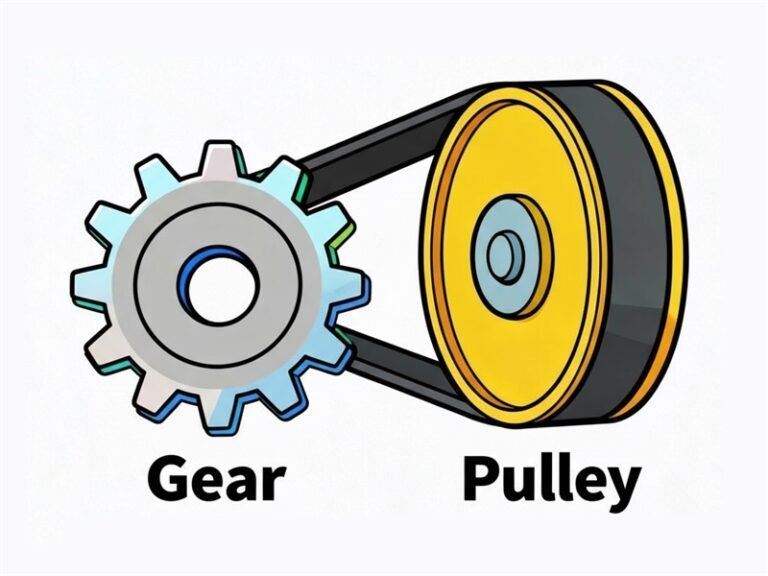Selecting the right plastic enclosure materials is a critical decision in product design. Enclosures not only protect sensitive electronics and mechanical components from environmental hazards but also play a key role in product durability, performance, and overall cost. With various materials available, from plastics to metals, understanding their properties and trade-offs is essential for making the right choice. For many applications, opting for a custom plastic enclosure provides an ideal balance of protection, lightweight construction, and cost-effectiveness, while also offering flexibility in design features such as size, shape, and finishes.
Why Enclosure Material Matters?
Choosing the right enclosure material directly impacts both the product’s performance and its longevity. It acts as a barrier against dust, moisture, UV rays, and chemicals, while ensuring electrical safety through proper insulation or protection against electromagnetic interference. The material also needs to be durable enough to handle vibrations, impacts, and extreme temperatures. Beyond that, it influences production costs, scalability, and manufacturing efficiency, depending on the tools and processes required. On top of its protective qualities, the right material can also enhance the product’s overall look, allowing for lighter designs, transparent components, or custom finishes that improve both form and function.
Common Types of Plastic Enclosure Materials
Selecting the right material for electronic enclosures is essential for ensuring performance, durability, and cost-effectiveness. Below is a summary of some of the most common plastic materials used for enclosures, with a focus on their key characteristics and best-use applications.
1. ABS Plastic
Key Benefits
- Lightweight and cost-effective.
- Excellent electrical insulation, making it ideal for protecting sensitive components.
- Easy to mold, allowing for intricate designs.
Limitations
- Moderate UV resistance, so not ideal for long-term outdoor use.
- Lower heat resistance, which could cause deformation in high-temperature environments.
Best for: Indoor electronics, consumer products, and low-cost enclosures.
2. Polycarbonate (PC)
Key Benefits
- Exceptional impact resistance, ideal for products that need to withstand physical stress.
- Transparent, allowing for visibility of internal components.
- High UV and heat resistance, suitable for outdoor and high-temperature applications.
Limitations
- Higher cost than ABS.
- Prone to scratching, which may affect its transparency over time.
Best for: Outdoor lighting, protective housings, wireless devices, and display covers.
3. ASA + PC Blends
Key Benefits
- Combines the toughness of Polycarbonate with ASA’s superior UV and weather resistance.
- Long-lasting protection against fading and environmental degradation.
- Suitable for high-impact and outdoor applications.
Limitations
- More expensive than ABS.
- It can become brittle in extreme temperature changes.
Best for: Outdoor enclosures, EV charging stations, telecommunications equipment, and other weather-exposed electronics.
4. Fiberglass Reinforced Polyester (FRP)
Key Benefits
- Exceptional corrosion resistance, perfect for harsh chemical environments.
- Strong, rigid, and able to withstand high operating temperatures.
- Ideal for heavy-duty industrial applications.
Limitations
- Heavier than standard thermoplastics, limiting flexibility in some designs.
- Less aesthetically flexible, so not ideal for consumer-facing products.
Best for: Industrial environments, chemical plants, and agricultural equipment.
5. Nylon (PA)
Key Benefits
- High tensile strength and excellent wear resistance, ideal for mechanical parts.
- Self-lubricating, which reduces friction in moving parts.
- Good chemical resistance.
Limitations
- Absorbs moisture, which can affect performance in humid conditions.
- Not the best choice for outdoor applications where exposure to the elements is common.
Best for: Automotive parts, industrial machinery, gears, and moving mechanical components.
6. Polypropylene (PP)
Key Benefits
- Excellent resistance to chemicals, particularly acids and bases.
- Lightweight, recyclable, and cost-effective.
- Good for environments requiring corrosion resistance.
Limitations
- Low impact resistance, which makes it brittle under stress.
- Not suitable for high-strength applications where durability is critical.
Best for: Laboratory equipment, packaging, and non-critical electronic housings.
Enclosure Material and Protection Standards
When selecting enclosure materials, it is important to align with IP (Ingress Protection) and NEMA standards:
- ABS/PC Plastics: commonly rated IP54–IP65, suitable for general indoor/outdoor use.
- ASA + PC Blends and FRP: can achieve IP66–IP67, with strong UV and chemical resistance for outdoor environments.
- Aluminum and Stainless Steel: meet higher NEMA ratings (NEMA 4X, NEMA 6), ideal for washdown or marine conditions.
By matching material properties with protection standards, you ensure enclosures meet both safety and regulatory requirements.
Choosing the Right Material for a Plastic Enclosure
When selecting the right enclosure material, consider both environmental and performance factors, such as:
- Durability: How well will the material hold up against physical stress, UV rays, and environmental conditions?
- Cost: Are you looking for a budget-friendly option, or can you afford to invest in a more expensive, long-lasting material?
- Application: Does the enclosure need to withstand high temperatures, chemicals, or outdoor exposure?
Each material has its strengths and weaknesses. For indoor applications, ABS and Polypropylene may be suitable, while Polycarbonate and ASA blends work well for outdoor use. For heavy-duty industrial applications, FRP and Nylon are strong choices.
Conclusion
As a specialized plastic enclosure manufacturer, we are committed to helping clients select the most suitable materials to ensure both functionality and durability. We provide material selection advice, custom mold design, and manage the entire production process from start to finish. Whether it’s ensuring the enclosure’s protective qualities, cost-effectiveness, or meeting specific environmental requirements, we offer tailored solutions that help your products stand out in the market.




